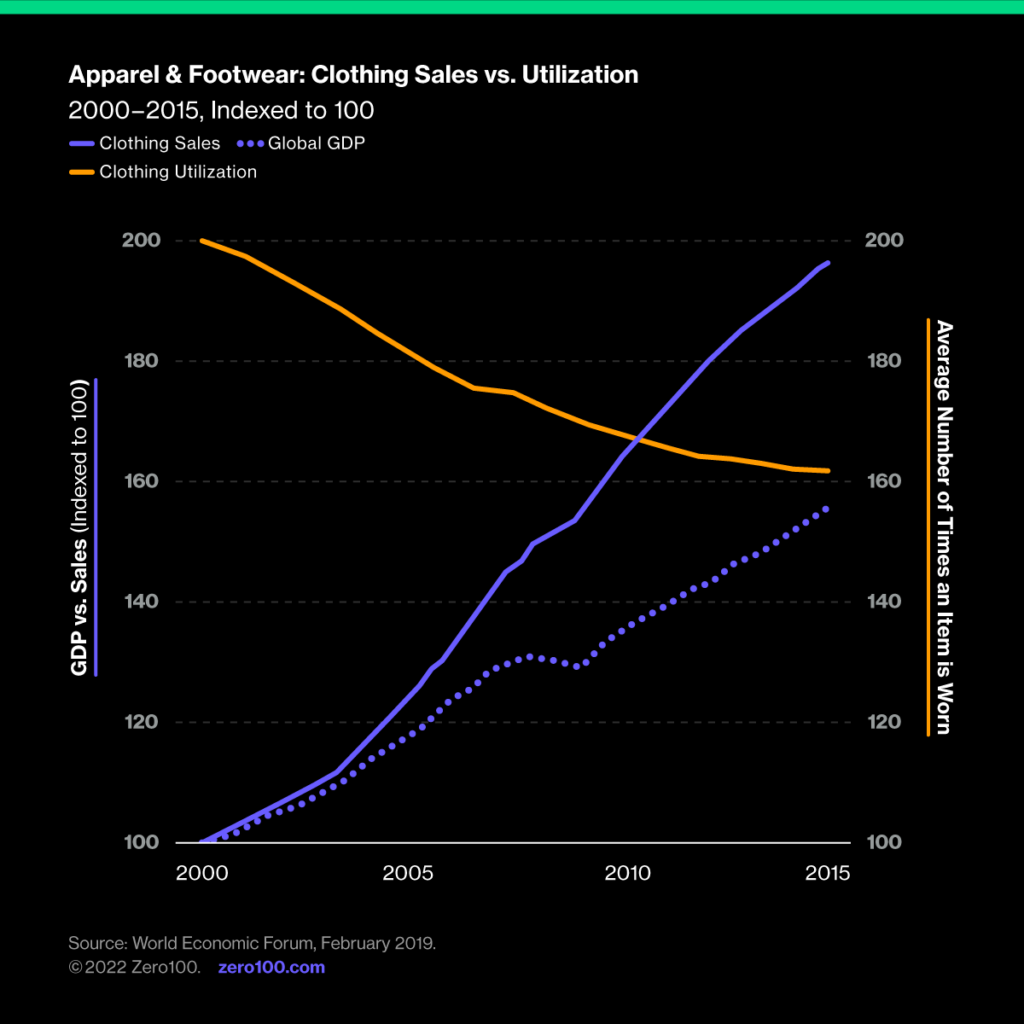An article in The Guardian last week featured the story of a consumer living in London who had been banned by Waitrose and Amazon (among others) for “making complaints and refund requests” on purchases made online. She has apparently been reinstated by Amazon, but Waitrose is sticking by its guns, saying “we weren't able to meet her needs online and felt it would be better for her to select her own food in our shops.”
Were these retailers right to fire this customer?
Honoring the Honor System
Some readers may remember the classic scene in Fast Times at Ridgemont High when Brad lost his job at a burger joint for losing his cool with a customer who wanted a full refund for his (80% eaten) meal because it wasn't, the customer insisted “the best breakfast he'd ever eaten”, as promised on a sign behind the counter.
The customer in this scene wasn't just an ***hole, he was also clearly abusing the honor system many businesses offer their customers. Most businesses have policies, promises, or even guarantees of customer satisfaction that assume the customer will behave with integrity when registering a complaint. For e-commerce, this has become a huge problem as customers who enjoy free shipping and free returns develop habits that are bad for business, disrespectful of people working in supply chain, and terrible for the planet.
Maybe Brad's boss should have fired his customer instead.
Returns Cost More Than Just Money
Online shopping was growing fast before COVID only to spike during lockdowns and usher in a massive wave of last mile delivery innovation from the likes of Walmart, Walgreens, and Target. Unfortunately, returns have also spiked, and for things like food, apparel, and personal care items, the cost is not just a matter of handling the same items twice, but outright product disposal or even destruction.
Returns on in-store purchases are typically 5-10%, but for online purchases the rate can be over 40% in some categories. The share of these returns that are re-stocked varies widely by category, but the worst are those where quality assurance through the reverse logistics process is hardest and where brand value is highest. Luxury clothes that may have been worn or beauty products that have been opened are worse than useless and retailers have no real choice but to trash them.

Customers, especially those who shop online a lot, come to understand this. They will order three items instead of the two they really want to qualify for free shipping and then “return” the one they don't want. If the retailer does the most marginally cost-efficient thing (simple refund) then this cheating customer may end up getting to keep the item for free because a total write-off beats the cost of handling the return. In this all-too-common scenario, the cost goes past wasted supply chain effort and even wasted natural resources. It ends up destroying trust in the system of commerce we all live by.
This is the Time to Dump Customers You Don't Want
Shortages. That's the word of the last year for supply chains. Semiconductors, truck drivers, building supplies – all have had their day in the spotlight as overstretched supply chains became the constraint on business success. Customers finally understand that there are limits to what they can have right away.
Which makes this the perfect time to start scoring customers' buying behavior and rewarding those that are loyal and resource efficient by offering them better deals, and at the same time justifiably de-prioritizing those that aren't. Airlines, grocery retailers, and even capital equipment makers (Caterpillar and John Deere, for instance) all do this in their own ways. It's a matter of assembling data that measures the lifetime value of a customer rather than simply looking at the gross margin on the sale.
Most of this data comes from operations which can track fully loaded cost-to-serve at the point of sale, as well as reverse supply chain costs. Linking these data streams at the customer identity level – which Amazon does well – lets you see who is costing you money rather than making you money.
Why not start phasing out free returns policies for unprofitable customers? Maybe they'll fire themselves and save us all the aggravation.
Critical Reading
POLITICO
Wave of Port Strikes Put Global Supply Chains Under Fresh Pressure
Commentary: Labor strikes at UK ports, triggered by the increased price of living, threaten to further damage already strained global trade routes. Labor action in other parts of the logistics network – including rail freight and warehouses – are likely to compound these challenges.
#portcrisis #labor
GREENBIZ
Water Tech Innovation and the Future of Renewables
Commentary: Demand for lithium, used in laptops, smartphones, and electric vehicles, is skyrocketing. As countries push towards a low carbon future, ventures, investors, and fuel innovations inspired by a desire to be lithium-independent are on the horizon.
#greenenergy #carbon
THE WALL STREET JOURNAL
US Retail Spending Held Steady in July
Commentary: Despite inflation, consumers are still spending on everyday goods. When gasoline and auto sales were stripped out, spending at stores, online and in restaurants increased by 0.7% from June to July.
#inflation #consumers
